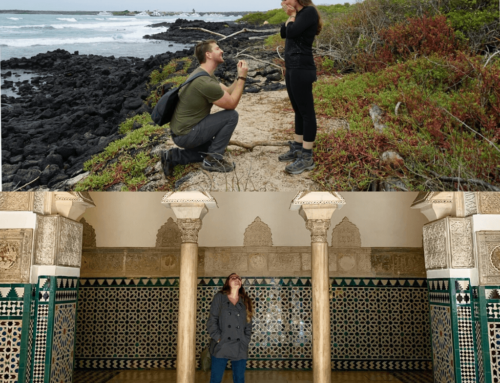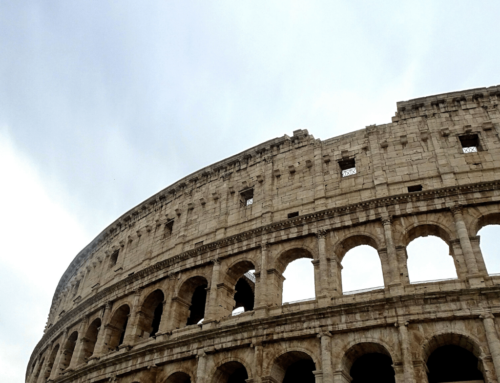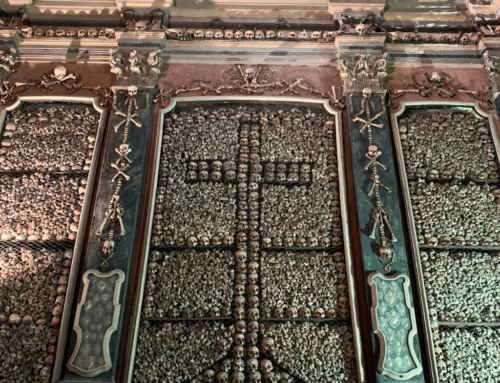
If you’re like me, you’ve always been fascinated with ancient civilizations. Egypt, Mesoamerica, and of course, Pompeii. After the dangerous Mt. Vesuvius erupted and buried the city in ash, it seemingly disappeared for years. Even today, archaeologists are still excavating the site, and many secrets are yet to be unearthed. I had always been fascinated with the ancient city but had wondered if it was worth visiting Pompeii.
Previously, I wrote about the NSFW details of Pompeii, and what to expect to see. This post will be completely PG, and not contain those…saucy…details.
Pompeii and Vesuvius
Pompeii was a bustling city in the Roman empire, unknowingly situated at the foot of a very dangerous, active volcano. However, in the year 79AD, Vesuvius violently erupted, burying Pompeii and other nearby towns. The warning earthquakes were brushed aside, as earthquakes were common in this part of Italy. They actually had no idea that Vesuvius was a volcano, as it had not erupted in nearly 2,000 years.

It is common to think that the victims of the volcanic eruption were killed by the ash. However, archaeologists and volcanologists now believe that most of the victims were killed instantly by the immense heat of the eruption, or passed out due to the toxic gas in the air.

Will you see Victims at the Pompeii Ruins?
One of the first questions people ask me when I tell them about visiting Pompeii is about the casts of victims. The answer is yes, but not as many as you’d think.
The falling ash of the volcano covered the entire city and the victims who died in the streets and their homes. As the bodies decomposed, they left perfect imprints behind in the hardened ash. Early archaeologists discovered that they could create exact molds of victims by pouring plaster into the holes, then digging them up after they hardened.

Scientists no longer do this, and most of the molds were taken to other museums or to study. However, there are a few that have been left at Pompeii: all inside glass cases and behind gates for protection.
What Has Been Preserved at Pompeii

The ash from the eruption perfectly preserved much of the city of Pompeii. Original paint is still on some of the walls of estates, brothels, and bathhouses. The bathhouses themselves are intact, along with pipes that indicate the citizens had running water in their apartments. Stores, homes, and apartments still stand. An ancient loaf of bread was even discovered in one of the ovens!

The most interesting sight to me while visiting Pompeii was the divots in the road left by hundreds of carriages. The roads sloped downhill and had raised stepping stones for when the streets flooded after it rained (which was common!). The stepping stones were separated just wide enough that horses and carriages could still drive through, leaving an imprint over time.

Be Mindful while Visiting Pompeii
Pompeii is one of the world’s most visited archaeological landmarks, with over 2.5 million visitors a year. Excavation is still an ongoing process, with new findings every year. However, the impressive UNESCO Heritage Site began to fall apart a number of years ago due to the high number of tourists and the delicate nature of the ruins.

If you visit Pompeii, please be mindful of where you walk and place your hands. Only hire responsible tour guides, and be respectful of the area.
How to Get to Pompeii

The Archaeological Site of Pompeii is easily reached from nearby Naples, Italy. However, tour groups can also be found leaving from Rome! I joined an incredible tour that left from Rome in a comfortable bus that included the entrance fee, an incredible guide, and some of the best pizza I have ever eaten! The tour also includes free limoncello tasting, and a hike of Vesuvius (summer), or a visit to Naples (spring, fall, winter).
Have you ever been to Pompeii? Let me know!
Be sure to check out my Instagram for even more pictures of Pompeii’s ruins!
Shop Italy Travel Essentials
Like this article? Pin it!

































Leave a Reply